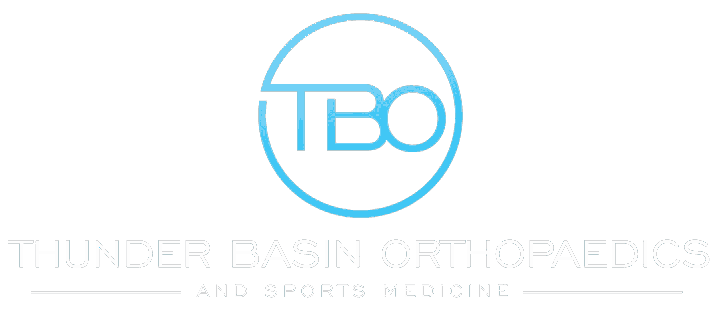Contents
What Is Tennis Elbow?
Tennis elbow, also known as lateral epicondylitis, is a painful condition that involves the tendons that attach to the bone on the outside of the elbow.
The upper arm bone, known as the humerus, has bumps at the elbow, including one known as an epicondyle. The forearm has two bones, the radius, and the ulna. Both of these bones, along with the humerus form the elbow joint. Muscles, ligaments, and tendons hold all the bones in place and are responsible for the movement at the elbow.
The tendons in our bodies are a tough and elastic band of tissue, much like a rubber band. Like a rubber band, tendons can weaken over time. When your tendons are used over and over in repetitive motion, they can tear. Instead of being one long, smooth bundle of stretchy fibers, the tendon becomes tangled by the continual process of tearing and healing, leading to inflammation. When this inflammation happens, it creates pain in the place where your tendons meet the bone – at the elbow joint.
What Causes Tennis Elbow?
In some cases, the tendon on the outside of the arm degenerates over time without a direct cause. Other times, activities that place stress on the tendon attachments of the extensor muscle-tendon unit can cause the tendon to degenerate. This is often the result of repetitive gripping movements such as holding a tennis racquet or painting.
Tennis elbow tends to affect people between the ages of 35 and 54. Those who engage in athletics, painting, plumbing, mechanics, or use a computer mouse for extended periods of time are at a higher risk for tennis elbow.
What Are the Signs and Symptoms of Tennis Elbow?
The main symptoms of tennis elbow include pain on the outside of the elbow and forearm. Pain can also spread through your forearm to your wrist, making it difficult to hold an item or shake hands. The pain is often mild to start but can progressively grow worse over time, especially without treatment.
If you have tennis elbow, any motion of the elbow can aggravate the condition and cause further pain. Common examples of everyday activities that become troubling with tennis elbow include:
- Lifting or bending the arm
- Twisting the forearm
- Gripping small objects like a pen, especially while holding it and writing
- Difficulty in extending the forearm completely
Treatments for Tennis Elbow
There are a variety of methods of treating tennis elbow, including surgical and non-surgical options. Most orthopedists will recommend starting with non-surgical treatment as properly alleviating and preventing the recurrence of tennis elbow requires slow, steady, and consistent healing.
Here are some examples of types of exercises and other non-invasive treatments that can help with tennis elbow:
- Physical therapy: Exercises that increase forearm strength and provide support for the tendons at the epicondyle can help reduce strain and inflammation. A good example are the “Tyler Twist” exercises as they exercise muscles that don’t get a lot of use, providing better support for the elbow and tendons.
- Steroid injections: A steroid is a strong anti-inflammatory medication that can be injected into a certain area. When used at the epicondyle, it can help reduce inflammation, and pain, while allowing efficient blood flow to resume to support the body’s natural healing processes. Be aware that studies have shown that there could be long-term negative effects from this treatment. As such, you’ll want to talk with your orthopedist to see if it is the right option for you.
- Platelet Rich Plasma (PRP): PRP is a treatment where blood is drawn from a patient and spun in a centrifuge to isolate the portion of the blood rich in platelets and the body’s own healing factors. This concentrated portion is then reinjected into the degenerated area of the tendon to speed up the body’s natural healing process.
- Medication: If the inflammation and tenderness are mild, a combination of rest and anti-inflammatory medications like ibuprofen can help alleviate the pain.
If none of these treatments are able to bring a significant improvement, then advanced imaging such as an MRI may be needed to identify the extent of the injury to the tendon. From there, surgery may be required.
In these cases, minimally invasive surgery is the ideal choice. This is because minimally invasive surgery doesn’t cause significant tissue or muscle damage, resulting in a faster recovery and less pain throughout the healing process.
After surgery, it is important to follow your surgeon’s recovery instructions to ensure your condition does not reoccur. Physical therapy is effective in this regard as it will help strengthen the affected area and help to prevent further injury.
Contact Thunder Basin Orthopaedics and Sports Medicine
If you are dealing with tennis elbow, Thunder Basin Orthopaedics can help you find the best treatment to alleviate your pain and get you back to optimal physical health.
Our staff are well-experienced and specialize in treating sports and other orthopaedic injuries. We offer minimally invasive surgery and targeted sports medicine treatments to help prevent injuries before they happen.
Contact us today to learn more about our orthopaedic services and let’s get you back in the game.


